Trending Topics:
- Blood Moon 2025
- Potoo Bird
- Cosmic Butterfly in Space
- Jupiter Juno
Top Meteor showers to watch in 2025 and when to catch these mesmerising 'shooting stars'
Get ready for a stellar 2025 as meteor showers light up the night sky! With breathtaking displays like the Perseids, Geminids, and Orionids, here’s how to catch these cosmic shows.
1/10
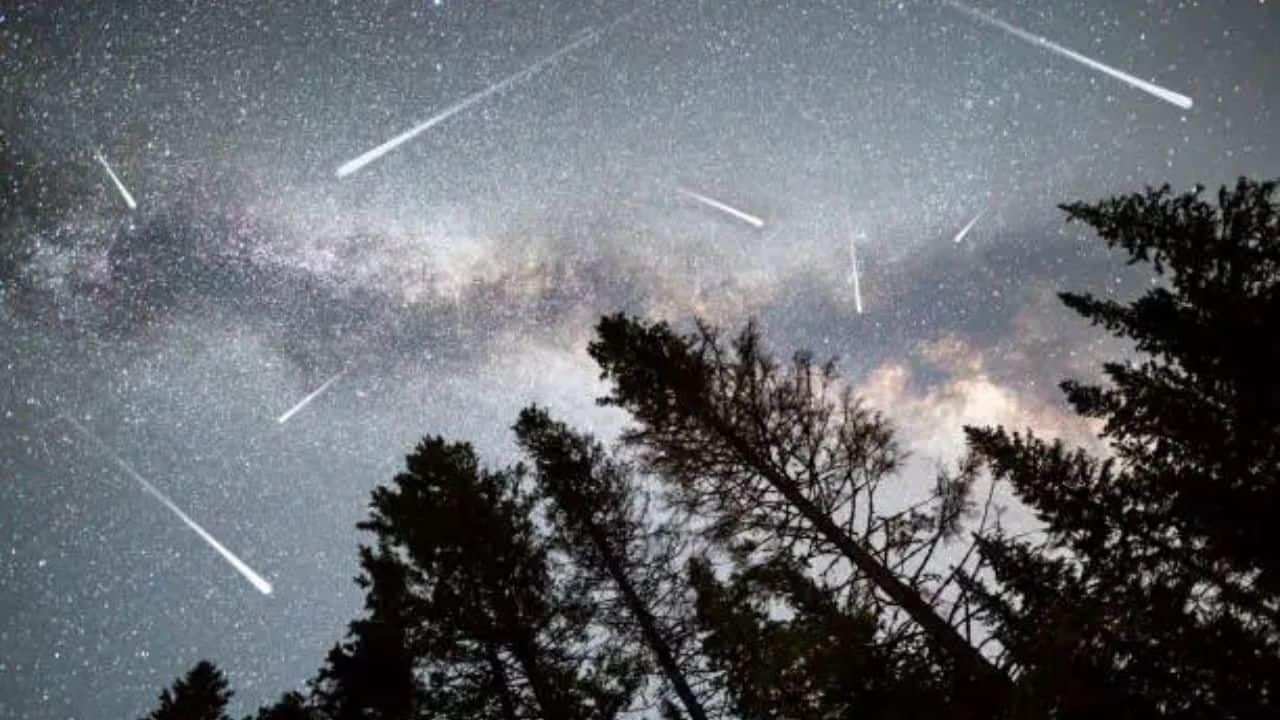
QUADRANTIDS: The Quadrantid meteor shower peaks on 3 January 2025, with minimal moonlight interference. Look for the radiant in the Bootes constellation near Arcturus, following the Big Dipper's arc for the best viewing.
2/10
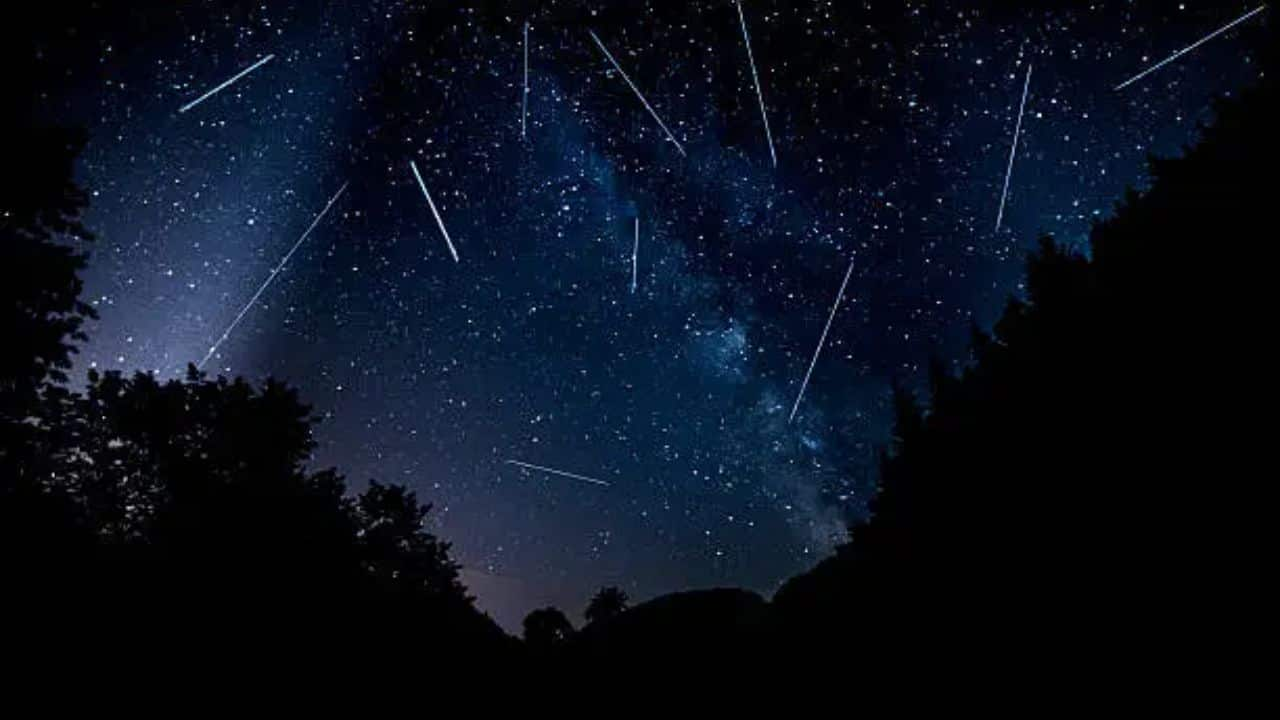
LYRIDS: The Lyrid meteor shower peaks on April 22, 2025, offering up to 18 meteors per hour. Visible near the bright star Vega, it originates from Comet Thatcher and has been observed for 2,700 years.
3/10
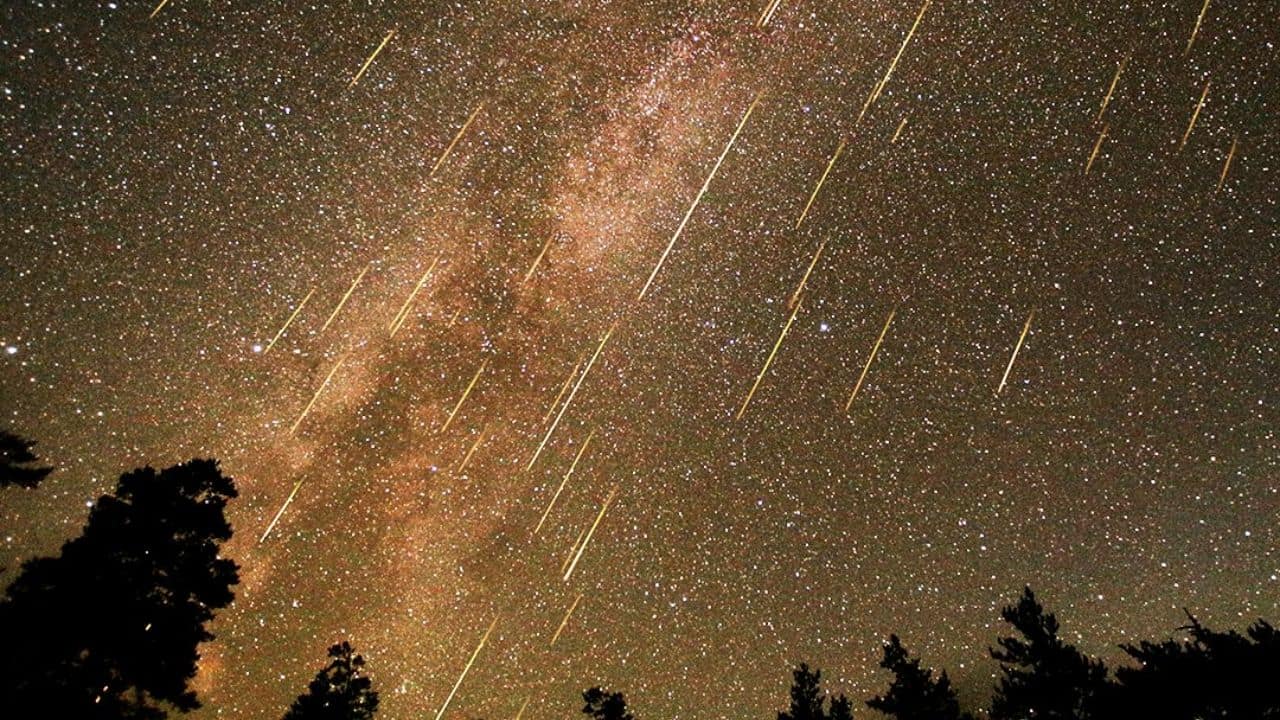
ETA AQUARIIDS: The Eta Aquariid meteor shower peaks on May 4-5, 2025, originating from Halley's Comet. Best viewed before dawn, it’s strongest in the Southern Hemisphere and near the equator.
4/10

PERSIEDS: The Perseid meteor shower peaks on August 12-13, 2025, with up to 100 meteors per hour. It originates from Comet 109P/Swift-Tuttle and radiates from the Perseus constellation.
5/10
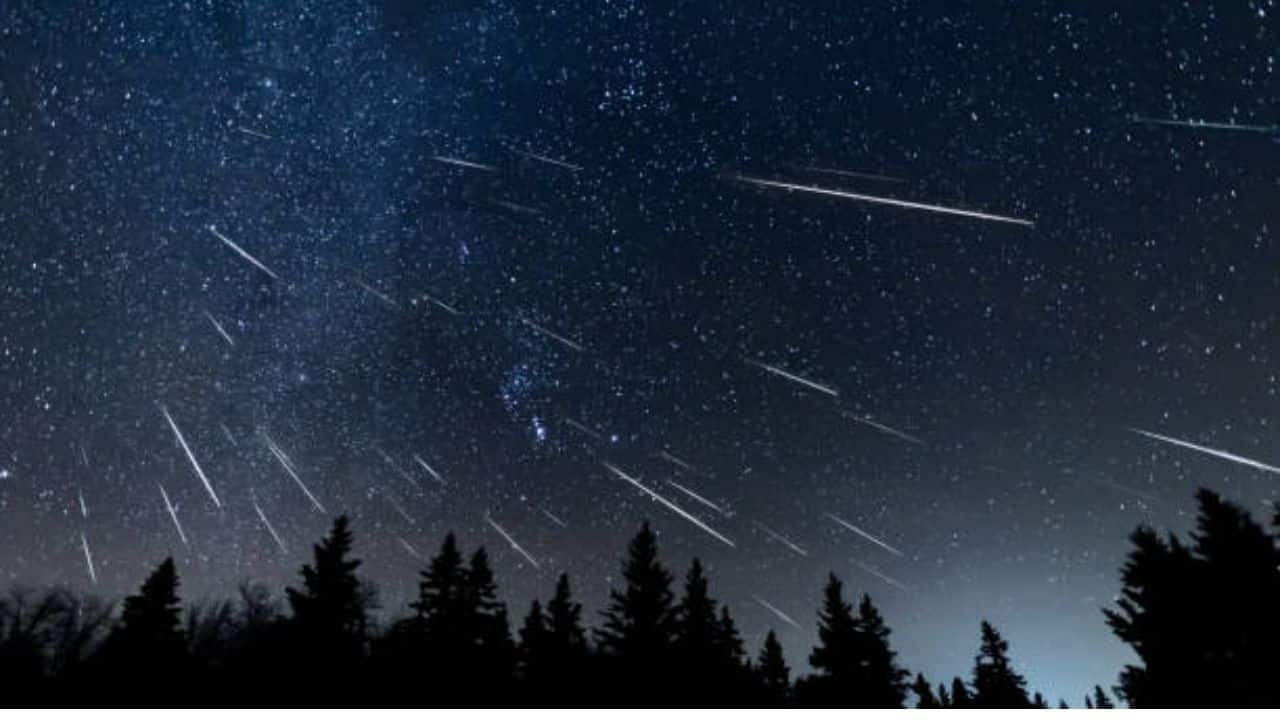
DRACONIDS: The Draconid meteor shower peaks on Oct. 8, 2025, with minimal activity. It occurs as Earth passes debris from Comet 21P/Giacobini-Zinner, which orbits Earth every 6.6 years.
6/10
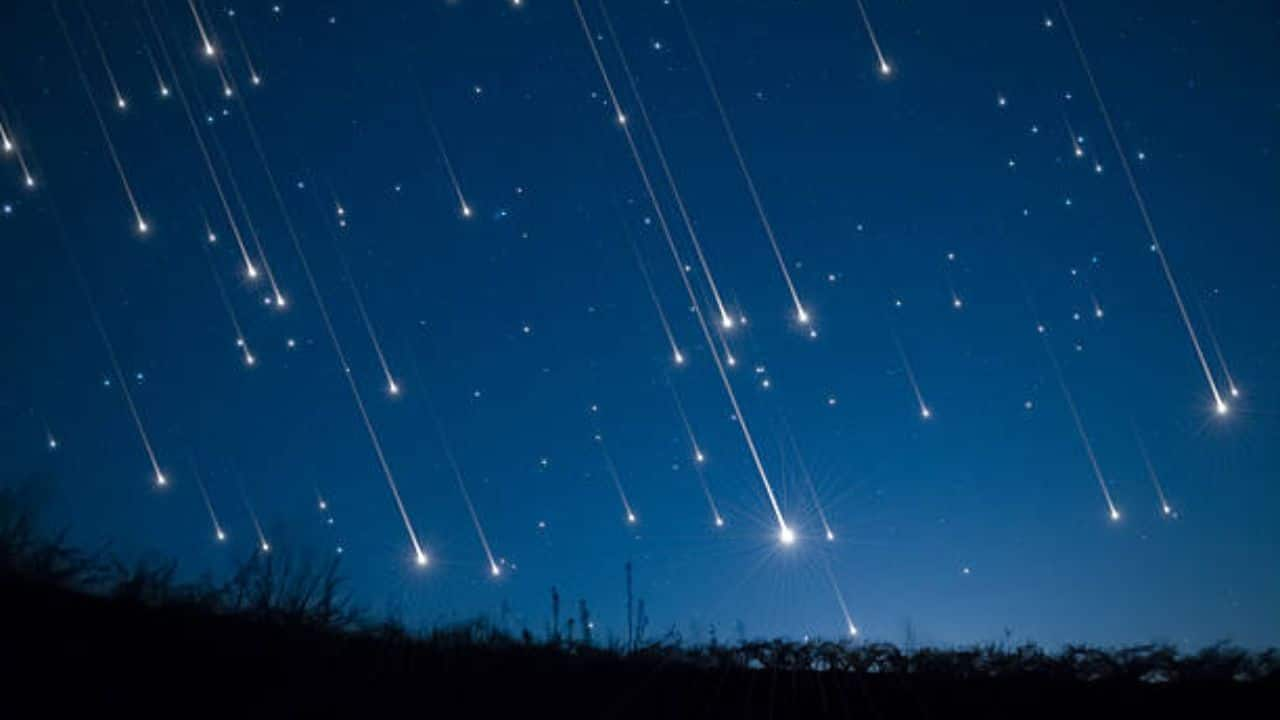
ORIONIDS: The Orionid meteor shower peaks on Oct. 20-21, 2025, with 20 meteors per hour. Best viewing is around 2 a.m. with dark skies from the new moon.
7/10
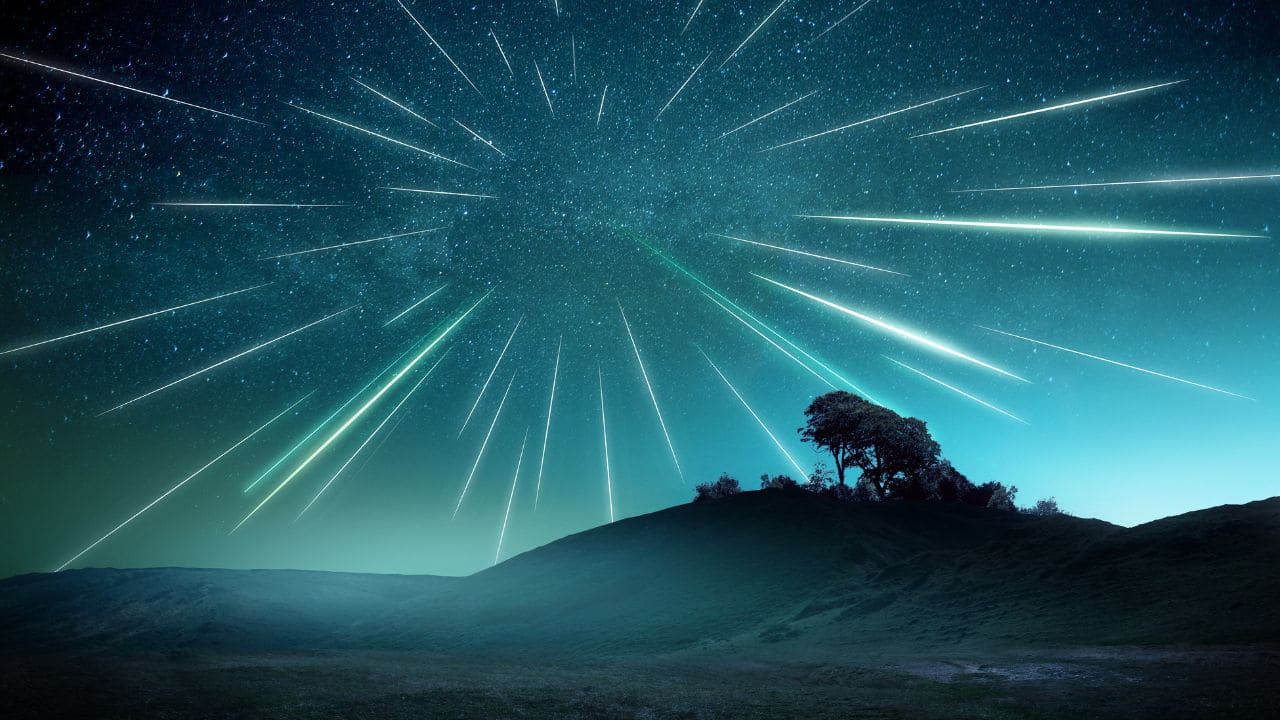
TAURIDS: The Taurid meteor shower peaks around Nov. 5, 2025, with 6 meteors per hour. It features both Southern and Northern streams, visible mainly in late October to early November.
8/10

LEONIDS: The Leonid meteor shower peaks around Nov. 17-18, 2025, offering 10-15 meteors per hour. Originating from Comet 55P/Tempel-Tuttle, it’s known for bright meteors and persistent trains.
9/10

GEMINIDS: The Geminid meteor shower peaks on Dec. 13-14, 2025, with up to 120 meteors per hour. Best viewing is around midnight, despite the moon’s 37% illumination.
10/10
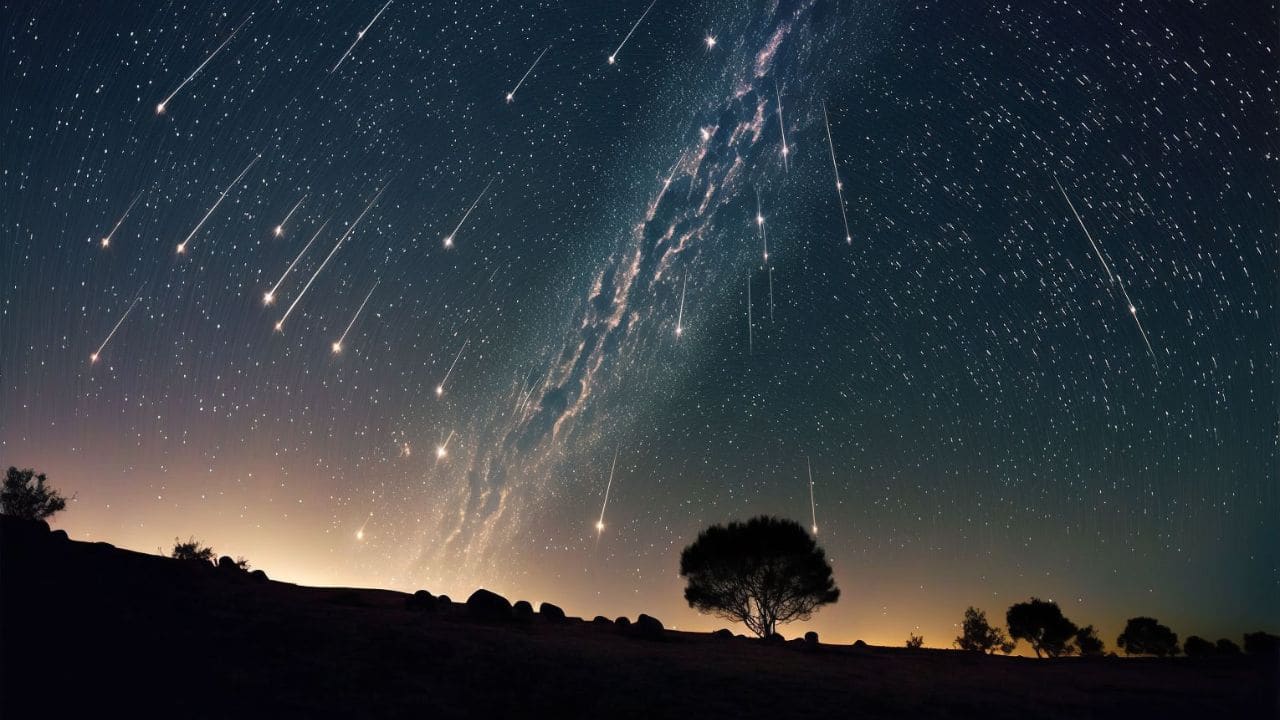
URSIDS: The Ursid meteor shower peaks on Dec. 22-23, 2025, with about five meteors per hour. It’s linked to Comet 8P/Tuttle, which orbits the sun every 13.5 years.
Discover the latest Business News, Budget 2025 News, Sensex, and Nifty updates. Obtain Personal Finance insights, tax queries, and expert opinions on Moneycontrol or download the Moneycontrol App to stay updated!






